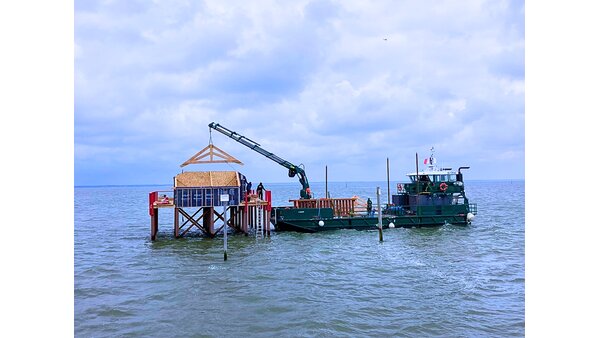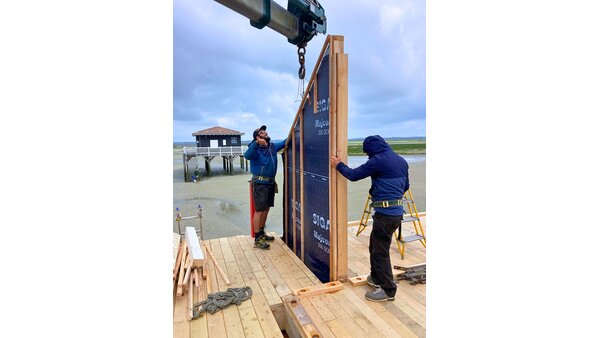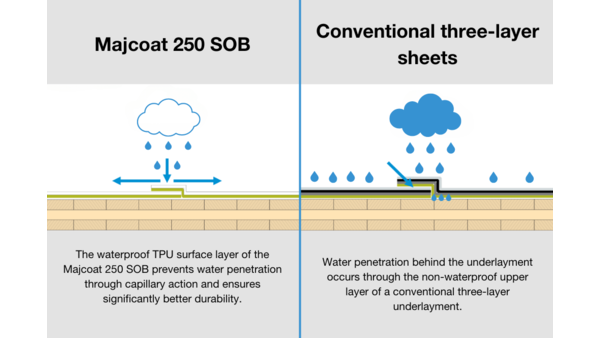
By boat to the construction site: The challenge of rebuilding a hut in the middle of the ocean
Discover how SIGA provided specialized waterproofing solutions to protect the iconic Cabane Tchanquée from harsh oceanic weather conditions during its reconstruction.
In the beautiful Bassin d'Arcachon, between the oyster farms and the iconic Île aux Oiseaux, a Cabane Tchanquée stands tall on its sturdy wooden stilts. These huts, once used by oyster farmers to monitor their farms even at high tide, are now cultural landmarks and symbols of the region. However, their reconstruction and maintenance present significant challenges, mainly due to their exposed location.
The Cabanes Tchanquées are historic wooden huts on stilts in the Bassin d'Arcachon. Originally, they served oyster farmers as lookout points to monitor their oyster farms even during high tide and to keep thieves away. The name "tchanquée" comes from Gascon and means "on stilts." Today, these huts are important landmarks of the region and are preserved as cultural heritage. Two particularly famous Cabanes are located on the Île aux Oiseaux and, together with the Dune of Pilat, symbolize the Bassin d'Arcachon.
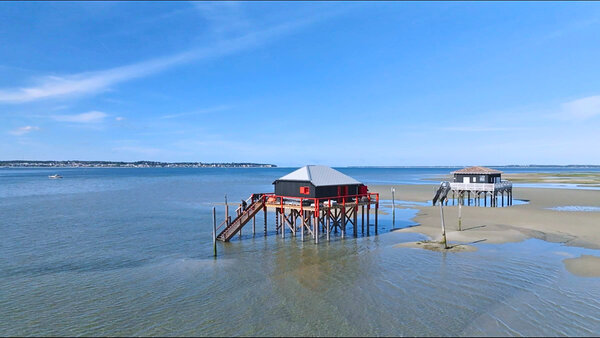
One of these Cabane Tchanquée is currently being rebuilt from the ground up. The site's location in the middle of the sea imposes unique requirements on materials and logistics. To make the hut resistant to extreme weather conditions – strong winds, rain, and salty air – durable materials like Azobé wood for the stilts and oak for the platform were carefully chosen.
Before material selection, the construction company faced a unique challenge: How to transport heavy machinery, building materials, and workers to a site accessible only at high tide? The answer: by boat! Every day, the workers commute by boat to the Cabane Tchanquée to continue their work. The tight timeframes are dictated by the tides, meaning the team must take advantage of the high tide to reach the site and wait for the next tide to safely return.
Another exceptional aspect of this project was the transportation and installation of the construction elements. The walls of the hut had to be installed using a crane mounted on a barge – a logistical feat requiring great precision.
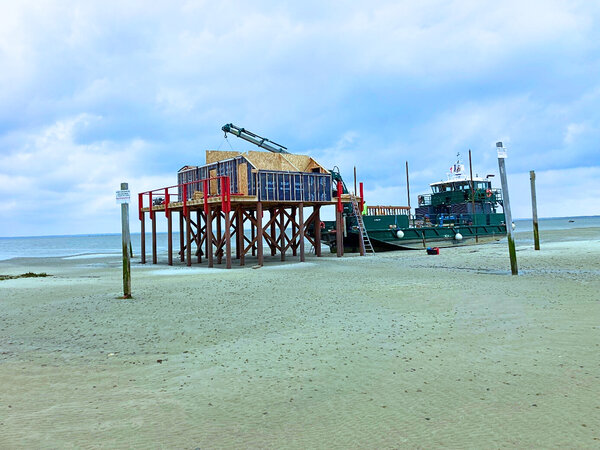
For this demanding project, special attention was paid to the choice of materials. The Majcoat 250 SOB, a highly specialized waterproofing solution, proved to be ideal for protecting the structure from water infiltration. The site's extreme exposure to rain presented a major challenge, and Majcoat 250 SOB, with its waterproof surface, prevented water from seeping behind the membrane by capillary action – something a conventional three-layer membrane couldn't have achieved. This makes it an essential solution for the project's harsh marine environment.
SIGA played a crucial role in this challenging project. Our team advised and supported the construction management with our expertise to find the optimal waterproofing solution. The choice and correct application of materials were essential to withstand the extreme conditions. This video provides a deeper insight into the specific challenges of this project and our on-site support:
This project is a remarkable example of how modern construction can merge with traditional heritage to preserve a Cabane Tchanquée for the future. And even though the daily commute by boat for the workers may seem unusual, it is part of the charm and challenges that come with building a hut in the heart of the Bassin d'Arcachon. Once again, these huts are not just symbols of the past but also of the innovative spirit of today.
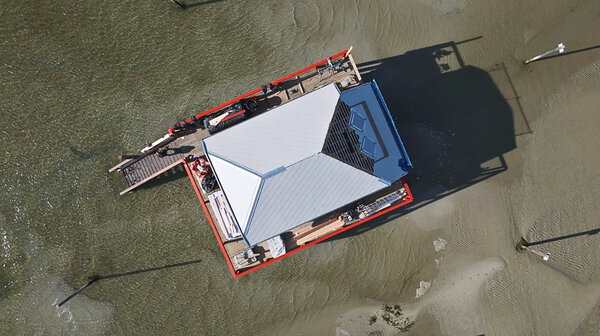
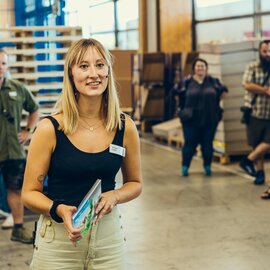
Michelle Stalder
A content marketing specialist who practices yoga in her free time, immerses herself in the world of books, and uses her creativity for painting, drawing, pottery, and crafting. She is often drawn to nature to gather inspiration. Professionally, she works as a content manager and blog author at SIGA.


